potentially hazardous foods must be stored
Generally unpackaged potentially hazardous ready-to-eat food should not be stored for more than 5 days. Potentially hazardous foods are foods that need to be kept at certain temperatures to minimise the risk of dangerous microorganisms or toxins.
Food Safety Asotin County Health District
Raw and cooked meat or poultry.
. A food thermometer is also required if potentially hazardous foods will be served. Potentially hazardous foods in the refrigerator storage must be discarded when the temperature is. 1976 Food Service Sanitation Manual and the 1982 Retail Food Store Sanitation Code clarified that the food must be in.
Foods are accordingly assessed to be of high medium or low risk based on the potential to contain. All of these foods may potentially lead to botulism or other foodborne illnesses if they are stored at room temperature. Potentially hazardous food Potentially hazardous foods are foods that must be kept at 5C or colder or at 60C or hotter to minimise the growth of food poisoning bacteria that may be in the food or to stop the formation of toxins.
This is because it takes more than four hours for food-poisoning bacteria to grow to dangerous levels. Potentially hazardous foods must be stored at specific temperatures to avoid the Potentially hazardous foods must be stored at School Royal Gurkhas Institute of Technology in Melbourne. A and B only.
Critique of FDAs potentially hazardous foods definition18. When making cold salads such as tuna it is recommended that ingredients must be pre-chilled. Do not handle or prepare food for others.
Potentially hazardous food is a defined concept identifying foods to be maintained at certain temperatures to minimize the growth of any pathogenic microorganisms that may be present in the food or to prevent the formation of toxins in the food ANZFSC Standard 322 cl. The simplest way to meet the requirements is to ensure that potentially hazardous food is received stored displayed or transported either very cold 5C or colder or very hot 60C. Potentially hazardous food must be stored at 5C or colder to prevent bacteria from multiplying.
Dont overstock refrigerators so chilled air can circulate. Potentially Hazardous Food All potentially hazardous food should be kept below 41 o F for cold foods or above 135 o F for hot foods except. All potentially hazardous food should be kept below 41 o F for cold foods or above 135 o F for hot foods except during necessary preparation time or a short display period.
Potentially hazardous foods should be kept at 5 C or colder or above 60 C wherever possible however ready-to-eat foods can safely remain between 5 C and 60 C for up to 4 hours. Potentially hazardous food should also be cooled and reheated quickly and prepared in as short a time as possible. The Australian requirements for the storage and display of potentially hazardous foods are.
Potentially hazardous TCS ready-to-eat food prepared on-site may be stored in a cooler for up to seven days as long as the maximum internal food temperature is. All foods need to be stored in clean and covered food grade containers or wrapped in a protective covering such as. Potentially hazardous food PHF means any food which consists in whole or in part of milk or milk products eggs meat poultry rice fish shellfish edible crustacean raw-seed sprouts heat.
Temperatures between 5C and 60C allow bacteria to multiply quickly. That is between 40F and 40F. This is because it takes more than 4 hours for food poisoning bacteria to grow to dangerous levels.
Although potentially hazardous food should be kept at 5C or colder or 60C or hotter wherever possible this food can be safely between 5C and 60C provided it is between these temperatures for less than four hours. Food containing raw or low-cooked eggs should generally not be kept longer than 24 hours. Cooked food must be cooled to an appropriate temperature before it is put into the refrigerator as hot foods can raise the overall temperature inside.
The 2 Hour 4 Hour Rule specifies how long fresh potentially hazardous foods such as cooked meat and meat-based foods dairy products prepared fruits and vegetables cooked rice and pasta and cooked or processed foods containing eggs can be safely held at temperatures in the danger zone. Foods containing eggs cooked or raw dairy products like. Check food temperatures directly with a thermometer.
Lately some people have been advocating some very potentially hazardous food preservation and storage practices on foods meant for room temperature storage. Home canned butter Vaseline covered eggs and. Hot or cold holding equipment may be required to store and display food during an event.
Raw and cooked meat or foods containing. Regularly maintain and service your refrigerators. Safe Cold Storage Here are some basic food safety principles for the cold store.
High-risk foods also called potentially hazardous foods must be stored in the refrigerator at 4C or below 5C or below in Manitoba. The simplest way to meet the requirements is to ensure that potentially hazardous food is received stored displayed or transported either very cold 5C or colder or very hot 60C or hotter. Examples of potentially hazardous foods include.
PHF must be stored and displayed below 5C or above 60C PHF must be thrown out if stored or displayed at temperatures between 5 and 60C more than four hours PHF must be used immediately if stored or displayed between 5 and 60C for.
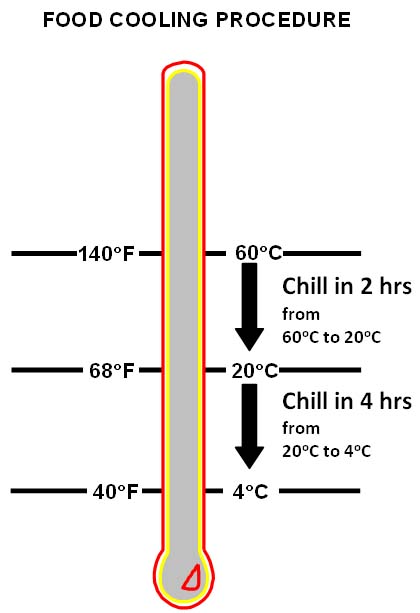
Preventing Foodborne Illness Food Safety Sanitation And Personal Hygiene
Preventing Foodborne Illness Food Safety Sanitation And Personal Hygiene
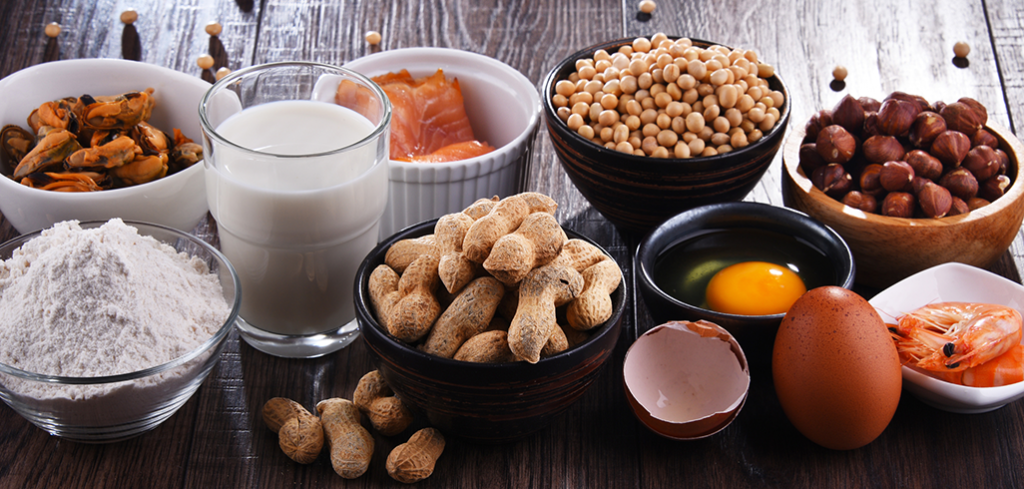
Identifying Potentially Hazardous Food Madgetech
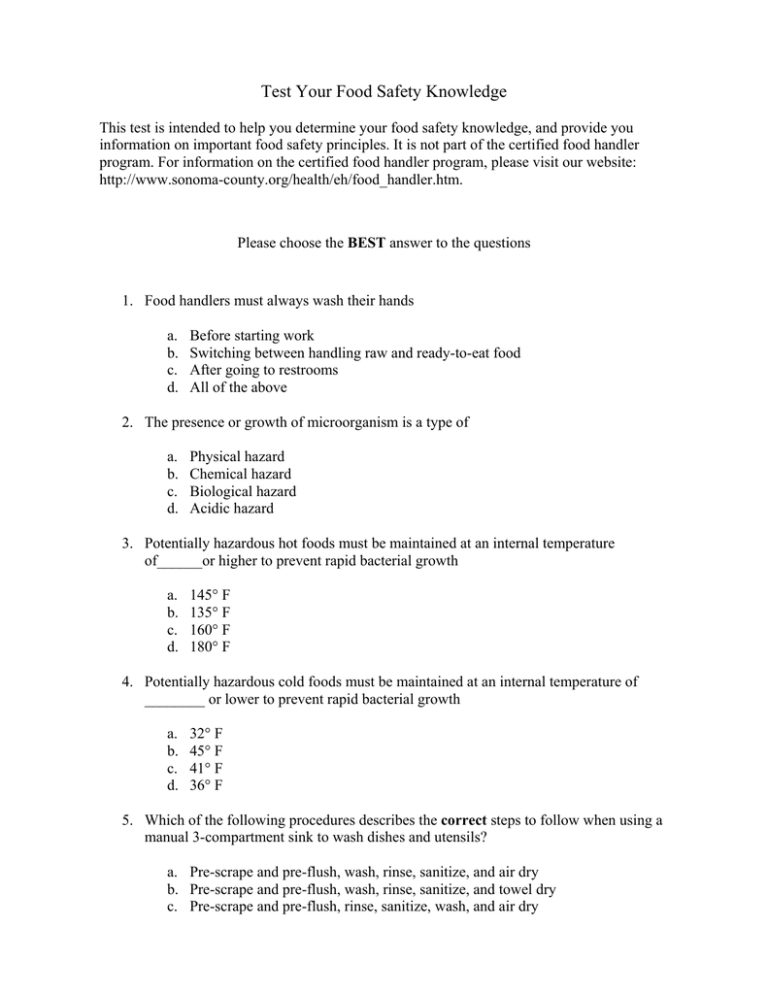
Food Safety Quiz County Of Sonoma

Safe Food Storage Guidelines For Your Fridge Foster Refrigerator
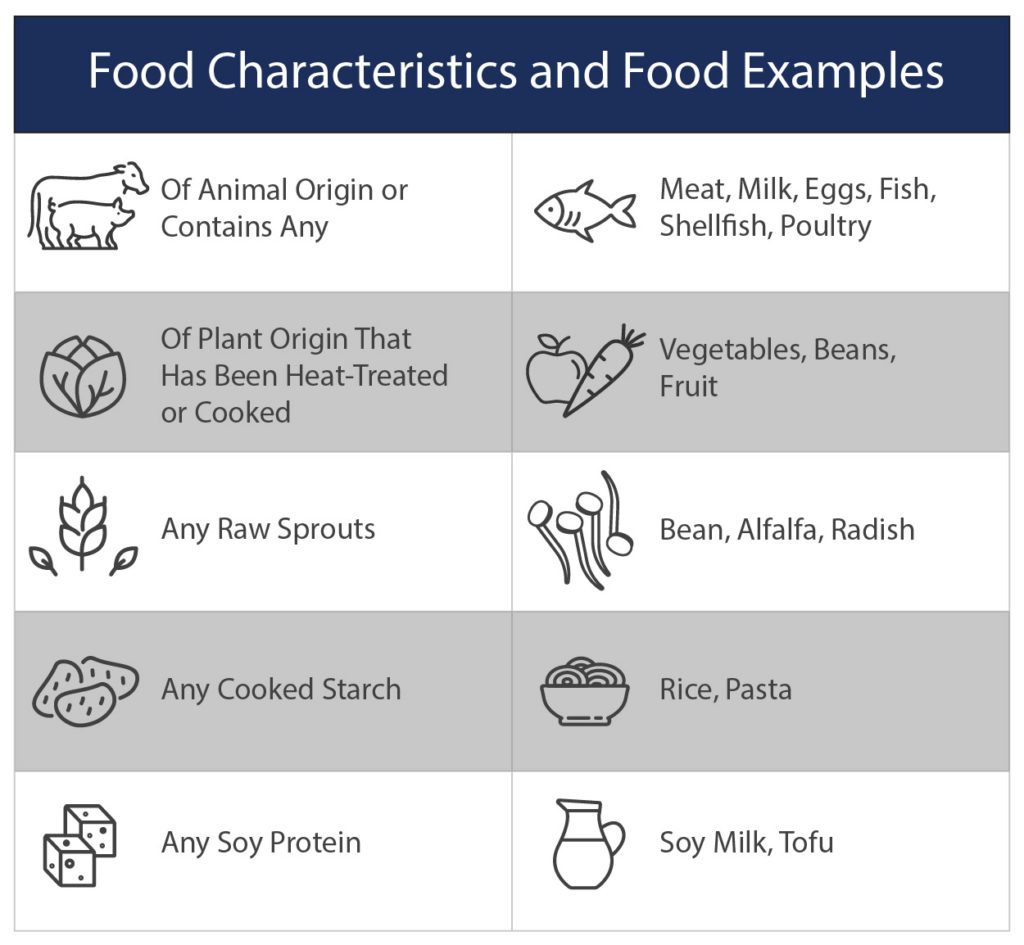
Identifying Potentially Hazardous Food Madgetech
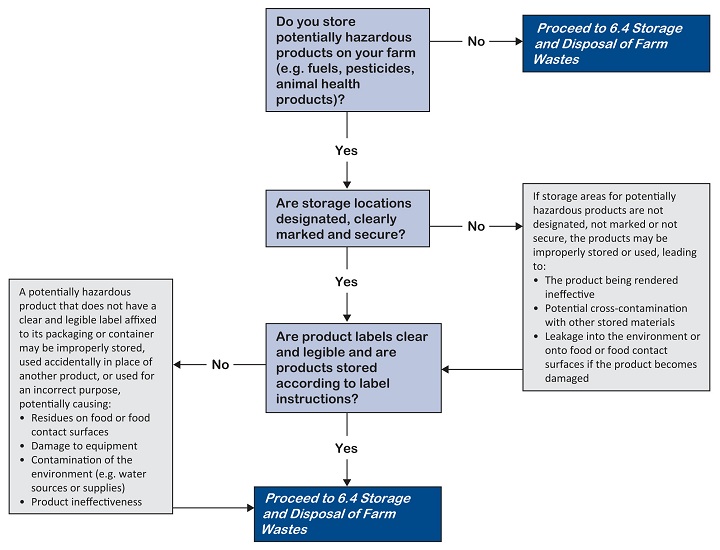
Farm Inputs 6 3 Storage Of Potentially Hazardous Products Province Of British Columbia
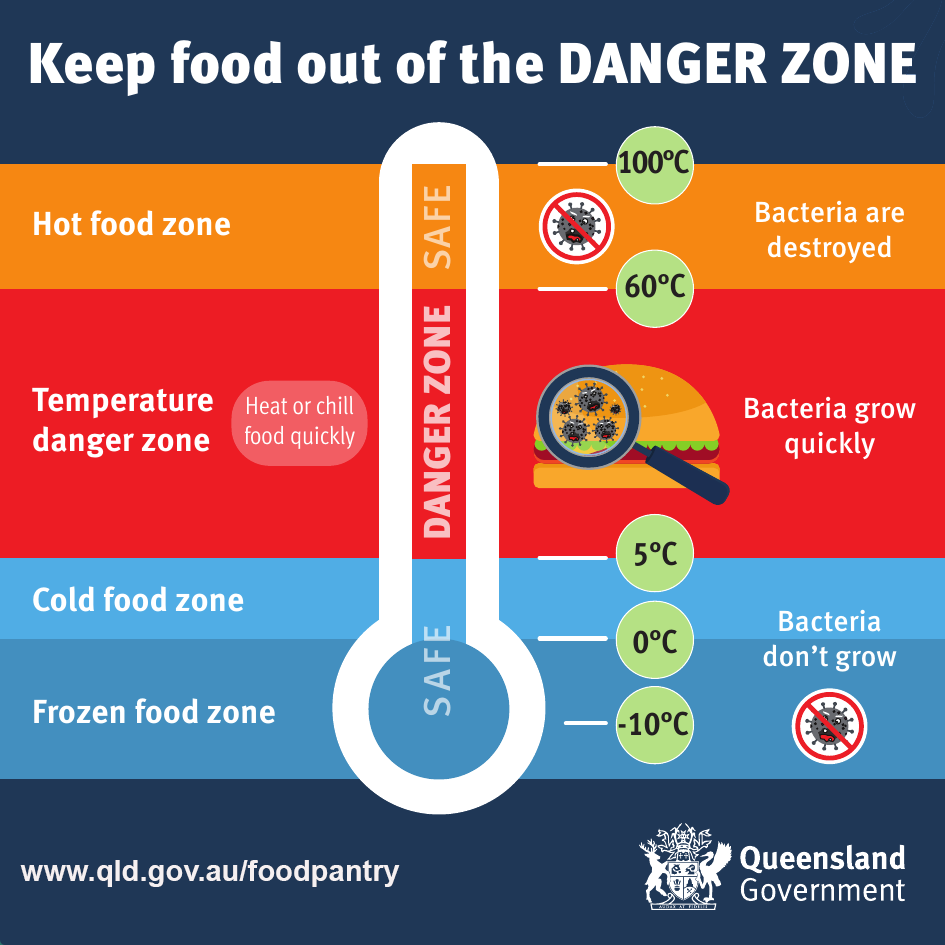
Home Based Food Businesses Health And Wellbeing Queensland Government
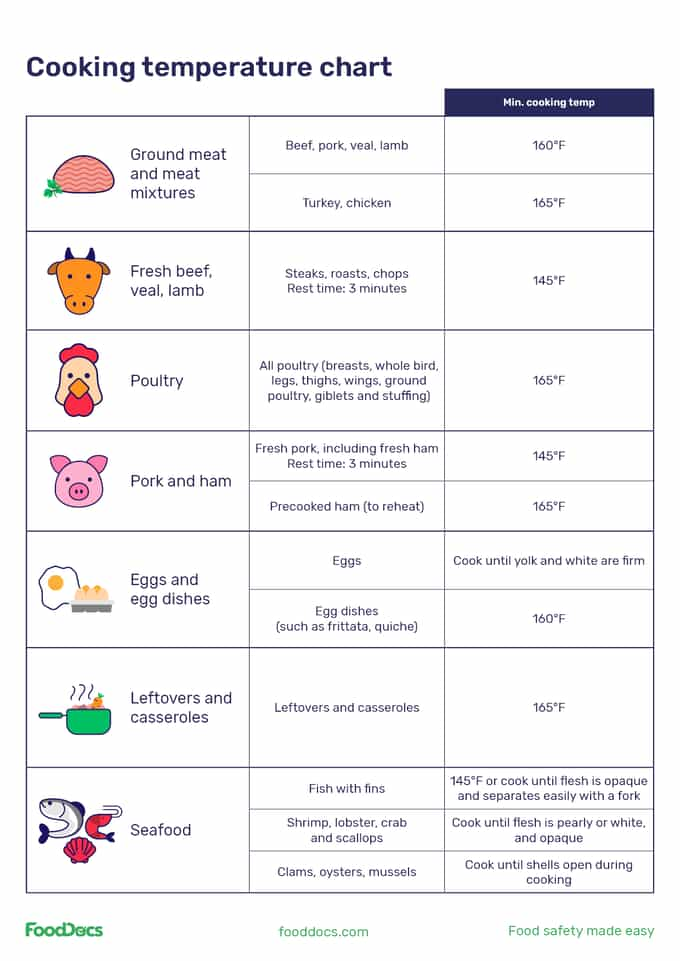
What Is The Temperature Danger Zone For Food
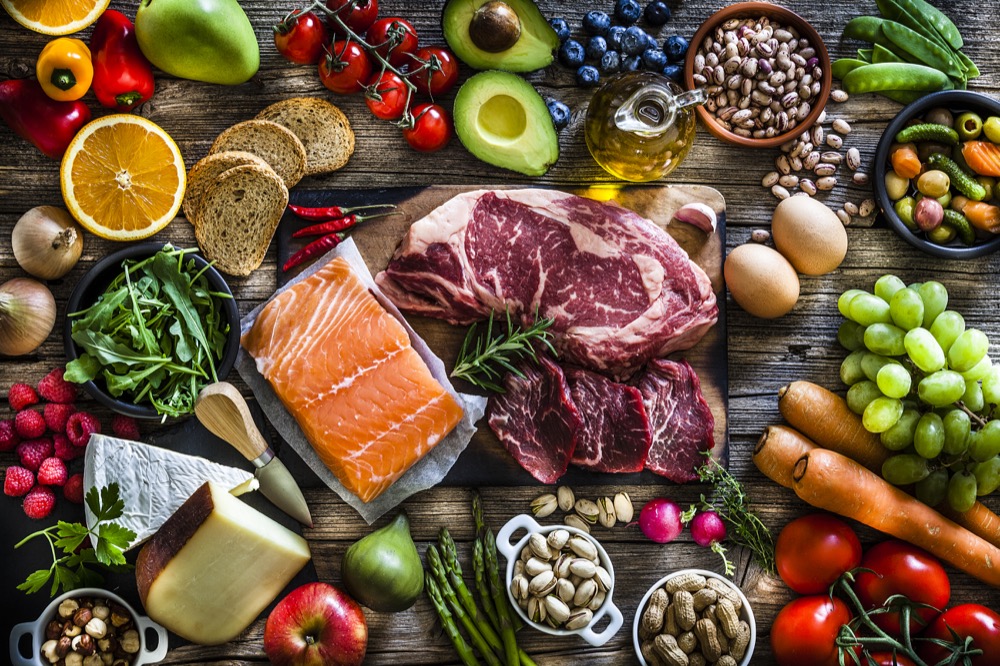
What Is Time Temperature Control For Safety Tcs

Chapter 7 The Flow Of Food Storage Ppt Download
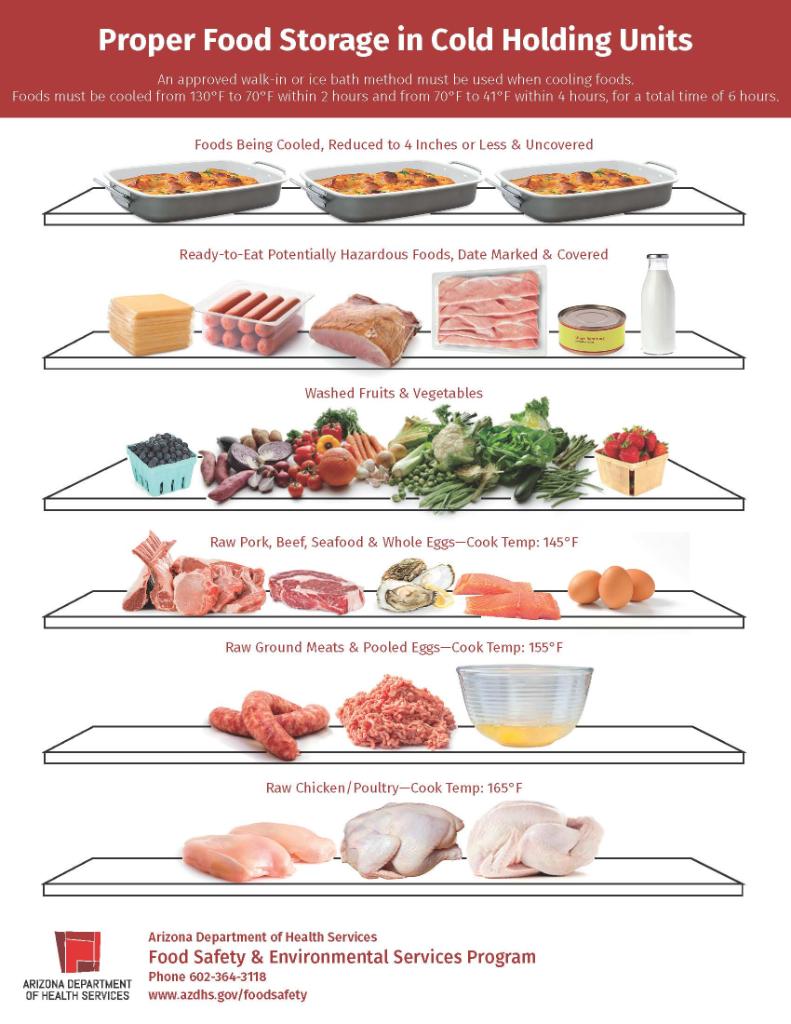
Twitter 上的 Az Dept Of Health Forget The Labels On The Refrigerator Bins For Food Safety Store Foods In Your Refrigerator According To Cook Temperature With Foods Requiring The Highest Cook Temperatures